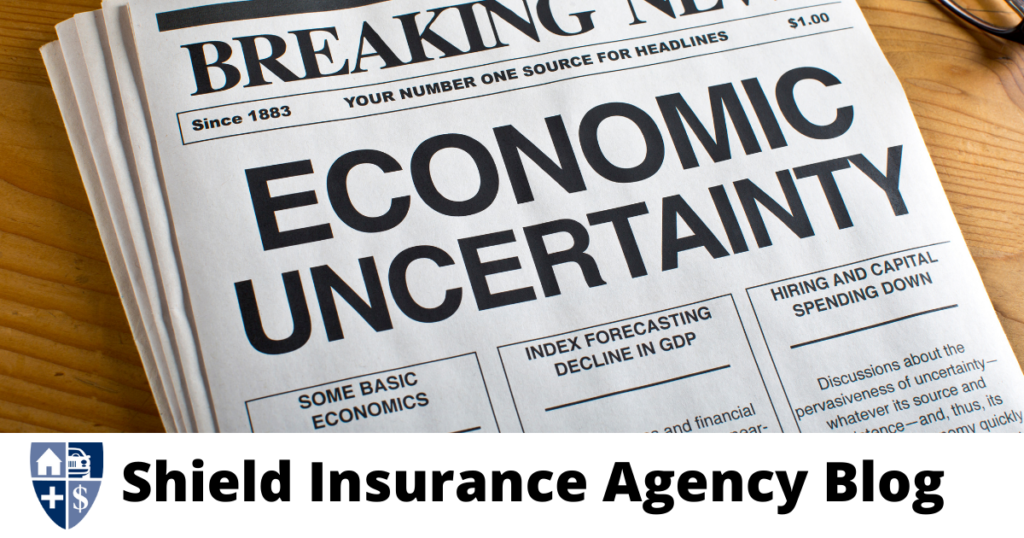Liberty Mutual | 01/06/2023 | risk management | Business Insurance
Organizations across the country face uncertainty and tough choices as economists continue to paint a gloomy picture of an impending recession.
“We’ve never experienced inflation, recession, pandemic, supply chain issues, social inflation, and labor shortage — all converging at the same time,” notes Matthew Moore, executive vice president and president of underwriting for Liberty Mutual Global Risk Solutions.
We’ve never experienced inflation, recession, pandemic, supply chain issues, social inflation, and labor shortage — all converging at the same time.
-Matthew Moore, EVP and president of underwriting for Liberty Mutual GRS
In a landscape of turbulence, how can companies effectively forecast their futures? What tools can they use to engineer resilience and reanalyze risk?
According to Moore, proactive risk-management planning, and the help of strategic partnerships with insurance providers, offer a way forward.
“Insurance can offer real solutions,” says Moore. “You need to work together with your carrier to develop smart solutions that strategically manage and mitigate risk.”
Three risk management trends to watch in 2023
In this time of uncertainty, here are three risk-management trends to look out for, along with why partnering closely with insurance providers can help companies build a roadmap for resilience.
Companies’ risk management profiles will likely shift.
For corporate risk managers, a critical takeaway is that economic turbulence has likely shifted your company’s risk profile — leaving many organizations at risk of being underinsured. As businesses may be tempted to reduce costs by cutting corners on risk mitigation, loss controls, workforce safety, good governance, and compliance, insurance providers will be keeping a close eye on risk profiles.
Property valuations are another factor impacting risk profiles. “Inflation, labor shortages, and supply chain issues all are driving property-replacement costs that are out of sync with valuations,” Moore says. In fact, Liberty Mutual’s experts estimate that a whopping 75 percent of commercial businesses are undervalued. For example, because of rising costs, a building valued at $1 million five years ago could easily cost 20 percent more to replace today. There are also other factors beyond construction costs, including the frequency and severity of weather activity and business interruption, that should be considered.
If you’re underinsured, Moore notes, “you may face another unpleasant surprise after you’ve already experienced a loss.”
Working together with your provider and broker, proactively, is the best way to help ensure your operations have the right coverage and can recover quickly after a loss.
Insurance carriers may become more selective in response to economic disruption.
It’s not just insured businesses who are carefully navigating change — insurance carriers are also feeling economic pressure. Working to stifle inflation, the Fed raised rates for the seventh time this past December, this time by 0.5 percent. With so much rapid change, insurance carriers are rethinking their business strategies.
“Commercial insurance lines can face an amplified impact, as exposure bases like payroll or sales can decline quickly, reducing premium and increasing risk,” says Moore.
As the economy slows, carriers expect a decreased demand for insurance and, consequently, a decrease in premium pricing. While carriers’ investment income might increase, their tolerance for risk may weaken. Carriers could, for example, reduce their capacity in some industries and lines based on market cycle vulnerabilities.
The potential for carriers to become more selective highlights the importance for companies to communicate any business changes — both within their organization and to their insurance partners — to mitigate any unexpected changes



















































